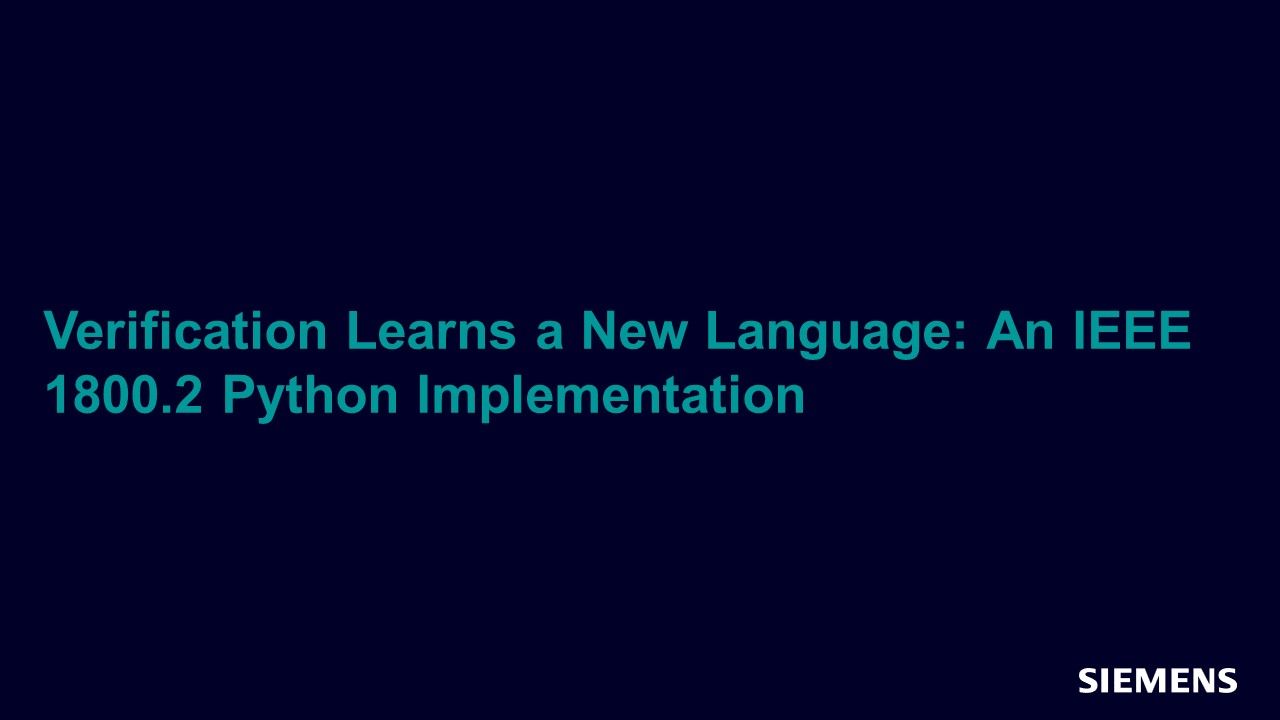Verification Learns a New Language: An IEEE 1800.2 Python Implementation
This session introduces `pyuvm`, a Python implementation of IEEE Spec 1800.2. It discusses the Python tricks used to implement UVM features such as the factory, FIFOs, and config_db.

Full-access members only
Register your account to view Verification Learns a New Language: An IEEE 1800.2 Python Implementation
Full-access members gain access to our free tools and training, including our full library of articles, recorded sessions, seminars, papers, learning tracks, in-depth verification cookbooks, and more.